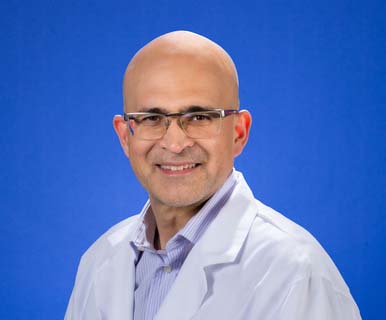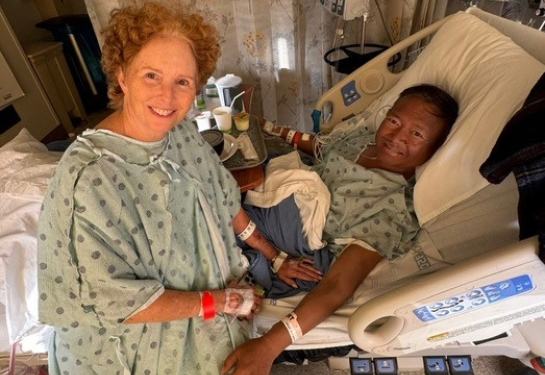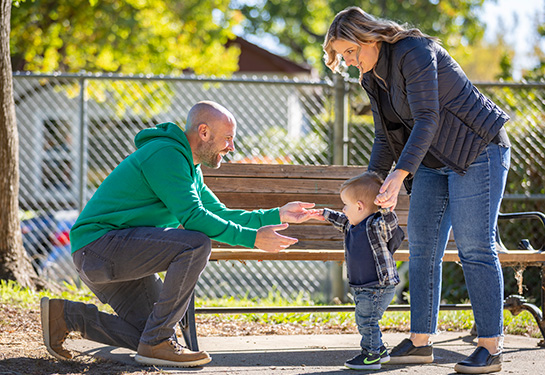Innovative robotic heart surgery offers patients superior care
Less invasive procedure means shorter hospital stays, less scarring and a faster return to normal activities
Heart health is top of mind this month, and UC Davis Health is using technology to improve heart surgery options for patients. UC Davis Medical Center is the only hospital in the region to offer cardiothoracic robotic surgery, a less-invasive procedure that allows for faster recovery.

The program is under the leadership of Bob Kiaii, chief of the Division of Adult Cardiac Surgery and adult cardiac surgeon Jorge Catrip. It’s one of only six centers in the United States to be designated as a training center for the American Association for Thoracic Surgery (AATS) Foundation’s Cardiac Surgical Robotics Program.
“Advanced robotics is revolutionizing minimally-invasive surgery for both the patient and the physician,” said Kiaii. “The procedure enhances a patient's recovery and allows us to deliver the best quality of care to all patients.”
What is robotic cardiothoracic surgery?
Robotic cardiac surgery is heart surgery done through very small cuts in the chest. With the use of tiny instruments and robot-controlled tools, surgeons can operate in a way that is much less invasive than conventional open-heart surgery.
“Performing traditional cardiothoracic surgery requires larger incisions because we need to fit our hands in the chest to get to the structures we are operating on,” explained Kiaii. “One of the advantages of robotic surgery is the precise movements of our hands can be translated to instruments that are much smaller and less invasive to the body. These instruments have all the degrees of freedom that our hands have and can perform all of the same movements.”
Robotic surgeries can be utilized in several different heart-related procedures, including valve surgery, coronary artery bypass, cardiac tissue ablation, heart defect repair, and tumor removal.
Benefits to patients
Robotic-assisted surgery enables surgeons to perform a more precise operation less invasively than conventional cardiothoracic surgery. Traditional “open” heart surgery typically requires the chest to be opened at the breastbone.
The robotic-assisted option offers several potential benefits, including:

- Less pain
- Less blood loss
- Reduced risk of infection
- Less scarring
- Shorter hospital stays
- Quicker recovery time and return to normal activities
“A quicker recovery schedule and less scaring provides incredible value for patients,” said Catrip. “We rarely talk about the traumatic, psychological aspects for patients of having a big scar on their chest. This procedure offers our patients another option that is much less invasive.”
Future of cardiothoracic surgery
While robotic systems in medicine are relatively new, advances are developing quickly and shaping the future of surgery.
“New, innovative, computerized technologies that are in their early stages will provide extra assistance for surgeons,” said Kiaii. “This process is going to continue to get more enhanced with artificial intelligence and we are definitely in an era of surgery that is very exciting.”
According to Kiaii, this technology will allow surgeons to use robotics in more complex surgeries and continue to be able to provide patients additional benefits.
“I believe that robotics has the potential in enabling the surgeon to deliver possibly superior care to the patient,” he said. “The future of surgery is how we can deliver the care in a modality that the patients spend the least amount of time in the hospital and are able to resume back their normal functional quality of life as soon as possible. This technology will enable us to offer this to our patients.”



